simulate this circuit – Schematic created using CircuitLab
Suppose x amperes passes through the resistor R in circuit 1. Now if both switches in circuit 2 are turned on in synchronized manner, will the current flowing through resistor R be 2x now ? (Assumption : All the capacitors are charged)


